Our Japan winter trip was all about enjoying the fun things to do in Japan during winter. On this 12-day trip, we were able to do certain things that we could only experience during a Japan winter season, such as marvelling at the biggest winter illuminations in Nagoya, watching a winter show at the Osaka castle, visiting snow monkeys in their natural habitat, enjoying the Hakone hot springs and playing with snow at a ski resort.
Below is our 12-day itinerary.
Day 1: Tokyo
We arrived in Tokyo and spent our first evening exploring Shibuya and watching people criss-crossing at the Shibuya crossing. The nice part about visiting Tokyo in winter was the light decorations all around the city. Read more about our Tokyo trip.
Day 2: Hakone
We travelled to Hakone known for its hot springs and amazing views of Mt Fuji. We took a cable car, a ropeway across steaming volcanoes and stayed overnight in a traditional Japanese ryokan with a hot spring bath. Read more about our Hakone trip.
Day 3: Hakone – Osaka
We explored the volcanic valley, and then took a sightseeing pirate ship across Lake Ashi. In the afternoon, we took the bullet train to Osaka and enjoyed an evening in the lively Namba area. Read more about our Osaka trip.
Day 4: Osaka Aquarium and Castle
We visited the Osaka Aquarium, had some fun at the Tempozan marketplace, and then visited Osaka Castle in the evening for an outdoor show. Read more about Osaka.
Day 5: The Wizarding World of Harry Potter
We had a fun day at the Universal Studios Japan, especially at the The Wizarding World of Harry Potter.
Day 6: Kyoto
We went on a day trip to Kyoto from Osaka as we didn’t get to see the famous red Torii gates at Fushimi Inari and the geisha district in Gion the last time we visited Kyoto. Read more about Kyoto.
Day 7: Winter Illuminations
One of the best things to do in Japan during winter is to enjoy its winter illuminations and one of the best was at Nabana No Sato near Nagoya. Read more about Winter Illuminations in Nabana No Sato.
Day 8: Hakuba Ski Resort
A winter holiday is not complete without a chance to play with snow. We headed north to Nagano and spent the afternoon at the Hakuba ski resort. We spent the night at Hakuba Sun Valley with the Goryu snow park right at its doorstep.
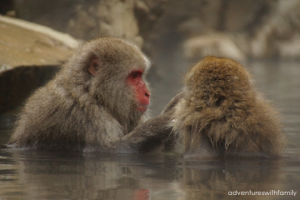
Day 9: Jigokudani Snow Monkeys
We took a bus to see the Jigokudani snow monkeys who only make an appearance during the colder months to soak in the warm bath prepared by the locals. In the late afternoon, we took the bullet train to Tokyo.
Day 10: Tokyo
We visited the famous Tsukiji fish market, Pokemon centre, and spent the evening in Shinjuku, with a hearty ramen dinner at Menya Gaijin. Read more about Tokyo.
Day 11: Tokyo
We took a stroll down Harajuku street, famous for trendsetting fashion; Akihabara, a haven for electronic goods and Asakusa for sightseeing, shopping as well as sushi at Sushi-ken. Read more about our Tokyo trip.
Day 12: Narita Airport
On our last day we had udon at Narita Airport before bidding farewell to Japan.
Planning for this trip
As this trip was our second trip to Japan, planning was comparatively easier this time round. I hope that you find the tips below useful for your planning.
Accommodation
For our trip, we stayed at different types of budget-friendly and family-friendly accommodations:
- Hotel Empire in Shinjuku – We stayed overnight in this budget-friendly family accommodation that is a 3-min walk from JR Okuba station, 1 stop away from Shinjuku.
- Hakone Gora Kanon – We stayed overnight at this traditional family ryokan up the Hakone mountain resort with private hot spring baths. They were also able to order for us dinner (tempura prawn udon) from a nearby restaurant.
- Wafu Ryokan Uehonmachi – We stayed in this budget-friendly Japanese-style accommodation in Osaka for 4 nights. It is within walking distance to Uehonmachi station, just 1 stop away from the lively Namba area.
- Hotel Mystays Nagoya – We stayed overnight here after visiting the illuminations. We chose this because it was only 3 stops from Nagoya station, from where we were to depart for Hakuba the next . near a restaurant with halal food (Taxim). We couldn’t find a family room in Nagoya, so we booked 2 rooms.
- Hakuba Sun Valley – We chose this accommodation because it had an option for a muslim-friendly menu, was close to Hakuba Goryu Ski resort and there was snow right outside the accommodation.
- Haru Hotel – We stayed 3 nights at this budget-friendly accommodation that is within walking distance from JR Okuba station and 1 stop away from Shinjuku
Tickets and Tours
You can get attraction tickets, tours and even restaurant bookings for Japan through Voyagin.com.
Getting around with Luggage
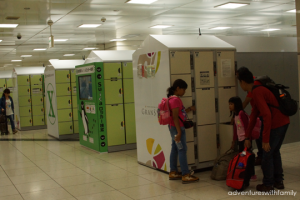 Baggage delivery service
Baggage delivery serviceTransportation
Buy your JR Pass from Klook (JR Pass)
- Day 1: Tokyo
- Express train from Airport to Shinjuku
- JR Yamanote from Shinjuku to our hotel in Shin-Okubo
- Day 2: Tokyo – Hakone
- RomanceCar from Shinjuku at 09:27am and arriving at Hakone-Yumoto at 11:04am.
- Hakone Free Pass – Tozan railway to Gora (39 min), cable car to Sounzan (10min), ropeway to Togendai and bus to Gora (see bus schedule) and cable car to accommodation at Naka-Gora.
- Day 3: Hakone – Osaka
- Hakone Free Pass – cable car, ropeway to Owakudani, ropeway to Togendai, pirate ship cruise across Lake Ashi (40 min) and a bus back to Odawara.
- We activated our Japan rail pass and took the bullet train from Odawara at 14:08, arrived at Shin-Osaka at 16:26 and changed to the Osaka Loop Line and a local Kintentsu line to our accommodation at Osaka-Uehonmachi. Refer to the Osaka Train Map.
- Train to Kintetsu-Nipponbashi to have dinner at the Dotonbori area.
- Day 4: Osaka Aquarium and Castle
- Train to Osakako to visit the Aquarium using the Osaka Kaiyu Ticket which included entry to the Aquarium and unlimited rides within Osaka city for the day.
- Train to Osaka station, then to Osakajokoen to see the castle
- Day 5: Universal Studios Japan
- Train on JR Yumesaki line to Universal City
- Universal Studios Japan tickets
- Day 6: Kyoto
- Train to Shin-Osaka, Shinkansen train from Shin-Osaka to Kyoto (15 min), then took the JR Nara Line to Inari (1 stop)
- Travelled by bus around Kyoto, and took Shinkansen back to Osaka.
- Day 7: Osaka to Nagoya
- Shinkansen to Nagoya (about 1 hr)
- Two-way shuttle bus from Meitetsu Bus Centre (near Nagoya station) to Nabana No Sato (each way about 1 hr) (1,780 Yen) or train from Nagoya to Kuwana via JR Kansai Line (24 min) and shuttle bus from Kuwana station to Nabana No Sato
- Nagoya City Subway from Nagoya to Sakae(Aichi) for dinner and hotel
- Day 8: Nagoya to Hakuba
- Nagoya City Subway from Sakae(Aichi) to Nagoya
- Limited Express (Wide View) Shinano from Nagoya at 08:00, change at Shiojiri at 10:15 and Limited Express Azusa train to Hakuba, arriving at 11:28
- Day 9: Hakuba to Nagano to Tokyo
- Bus from Hakuba to Nagano (1hr 5 min)
- Nagano Dentetsu Bus to Jigokudani Snow Monkey Park and return, by purchasing 1-day Snow Monkey Pass from Nagano station (2,900 Yen per adult)
- Shinkansen from Nagano at 17:55 to Tokyo (79 min)
- Day 10 and 11: Tokyo
- 1-day Metro line pass (paid at station). See Tokyo Metro map. – Note that there are 3 types of day pass (1) Metro line only (2) Metro + Toei Line (3) Metro + Toei + JR. Decide your route before buying the pass.
- Day 12: To airport
- Train to Airport (fastest at 36 min), Private shuttle van to Airport or Shuttle bus (cheapest).
- You must purchase the JR pass and receive the Exchange Order before entering Japan. You can purchase it online at klook.com. At the airport, there is a JR pass exchange office where you can turn in the Exchange Order and show your passport to get the JR pass.
- You can make seat reservations for free at the JR stations.
- You can check train schedules on hyperdia.com.
Other Useful Tips
- Cost saving tips
- There are many great bakeries and Japanese snacks around Japan that are reasonably priced. You can find some of them at the basement level of shopping malls or at train stations.
- There are many souvenir shops at Narita Airport selling Japanese snacks in nicely-wrapped boxes. You can save on taxes when buying them from the airport.
- Getting connected
- You may wish to consider getting a sim card to be used during your Japan trip, but you need to use it on a handset that supports 3G.
- Rental of Wifi devices are also available at the airport. You can book it online at Voyagin.com.
- Communications
- It is useful to install an English-Japanese language translator on your mobile phone for communication with a local who might not be well-versed in English.
- Electronic Products
- If you have to bring electronic products like kettles or irons, get the travel ones that can be adjusted to 100V. Those that are fixed at 230V will not work properly in Japan.
- Halal Food
- Last but not least, muslim travellers can find a number of halal food or muslim-friendly restaurants around Japan. Read more about Must-try Halal food in Tokyo, Must-try Halal food in Kyoto and Must-try Halal food in Osaka.
- In Nagoya, Taxim restaurant, near where we stayed (Hotel MyStays Nagoya), serves halal Turkish and Italian cuisine.
- Our accommodation in Hakuba, Hakuba Sun Valley, also serves muslim-friendly breakfast and dinner with advance request.
- At Jigokudani Snow Monkey, the ramen at Enza Cafe uses halal chicken. Other halal food around Nagano area are listed in the Nagano Muslim Guide.

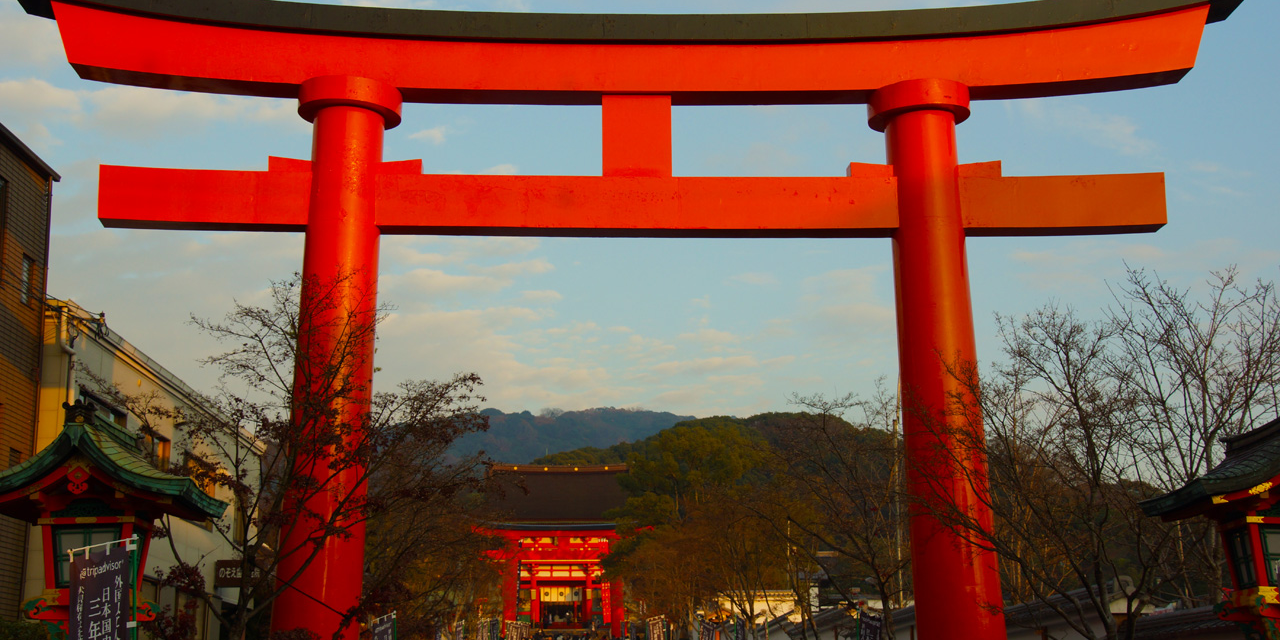
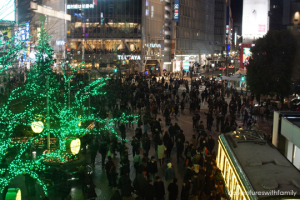
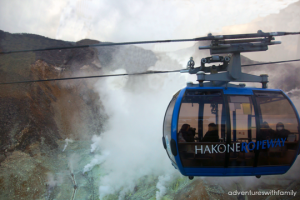
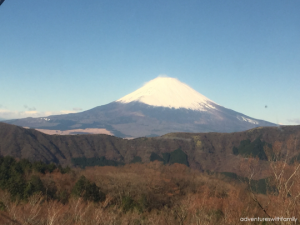
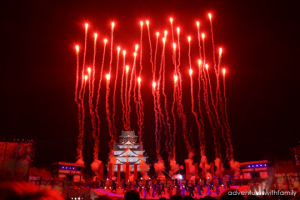
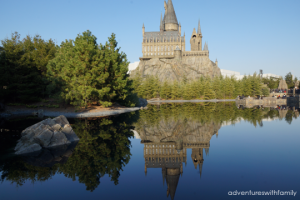
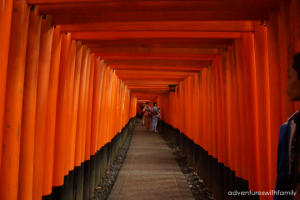
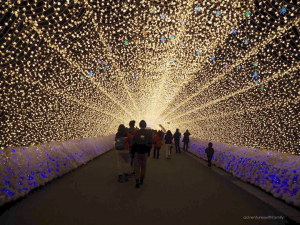
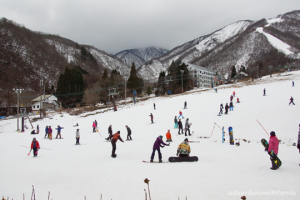
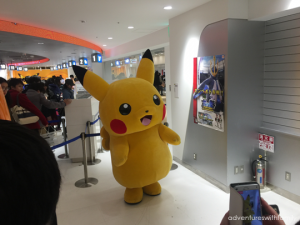
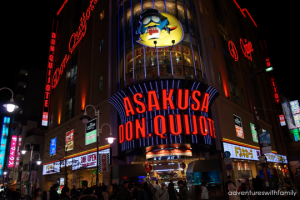
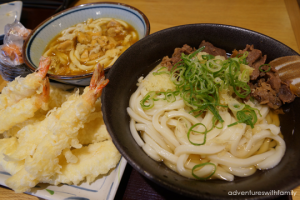
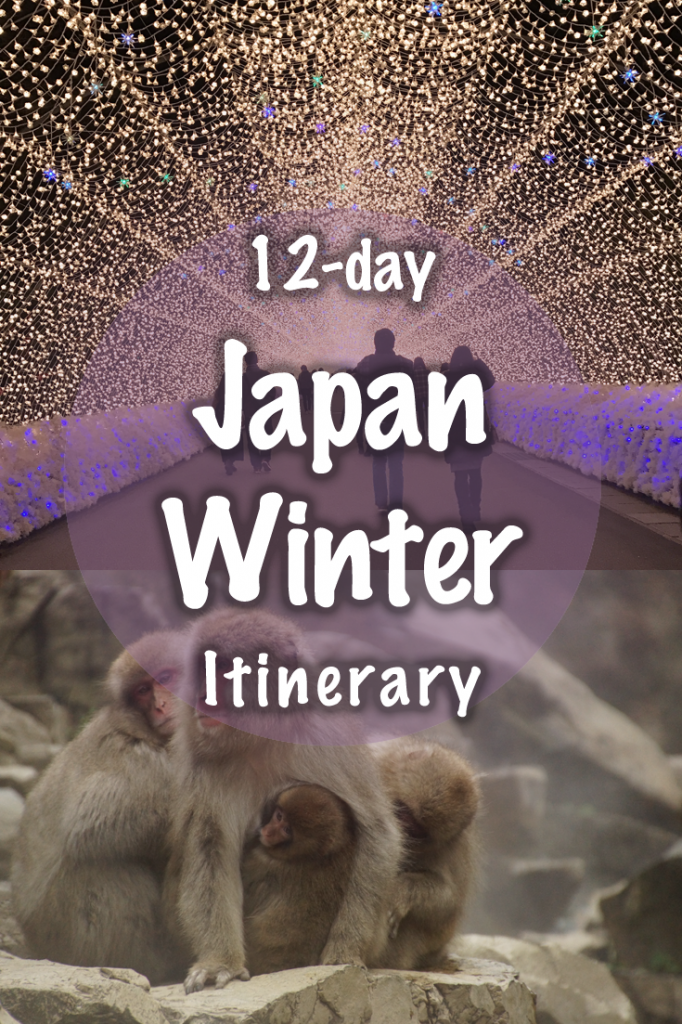

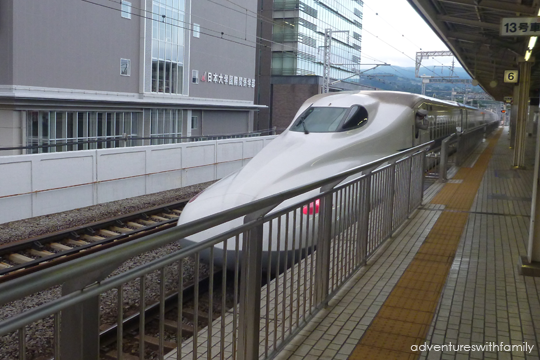
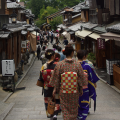
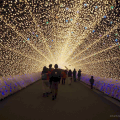
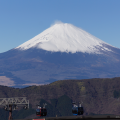
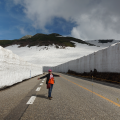

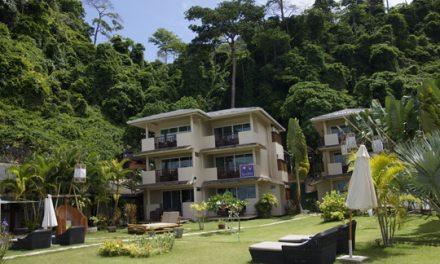
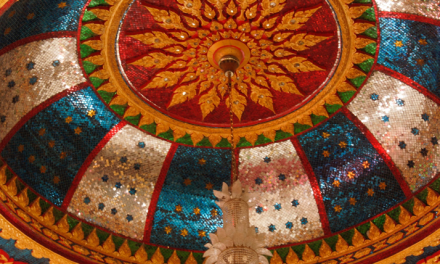
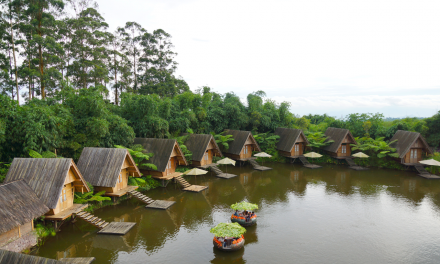
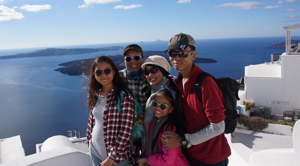

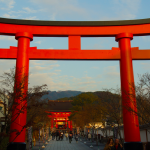
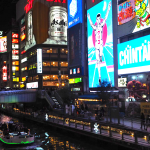
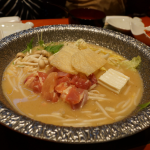

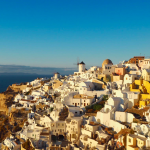
I loved my visit to Japan in 2013. I went to Tokyo, Hakone, Yokohama and Yokoska! I need to blog about it!
Ah! I want to go to Japan so badly! It definitely at the top of my list, to eat sushi in Japan one day. I am pinning this so I can refer back to it when I finally make the trip.
What an action packed schedule! This is for sure an intense guide and so necessary for people who are researching the locations you mentioned. Thank you for doing the work to put something this amazing together. Will keep this for later trips to Japan.
What a nice winter itinerary! We’ve toured Japan only in the summertime, and I certainly feel that those magical onsens should be enjoyed also during winter. Would love to ski in Nagano and see the snow monkeys! I’m so glad that you had great views of Mt Fuji, we didn’t see the peak at all. We saved massively with the JR pass, but then again, we traveled all the way from Beppu to Tokyo making several 2-4 day detours on the way. Great insight and tips for anyone planning a trip to Japan!
Well written with lot of info! Your post made me miss my trip to japan.. I can’t wait to go back soon. I also liked your images. Super!
Hi, mommy rosie! I need to ask a lot of questions. Am planning for a trip to japan and ill be using your itinerary. would you mind if we do chatting? thanks
Hi, I love Japan a lot and if you have questions, please don’t hesitate to ask.
Hey Rosie,
Can I have a overall budget you spent on this trip it would give me some sort of idea on how much I need for my family?
Hi there Lina, I spent about SGD 10-11K for the 12 day trip for 5 people, including flights from Singapore.
Hey Rosie,
Thank you for sharing. Great info and tips!! I am so gonna use this to help plan our trip. Thank you so much.
Thanks so much for sharing your experiences in Japan. It will be my family of 3’s first time going Japan in Dec 2019. May I know is it a good time to go to Hakuba Ski? Will there be snow from 20 to 24 Dec? Thanks
Hi, there is no guarantee that there is snow, but I think your chances should be quite good. The area that we stayed had little snow at the time we came, but another area nearby had a lot of snow.
travelling to japan in the winter is memorizing always love to visit Japan in Winter, Travelling is passion of most of people.